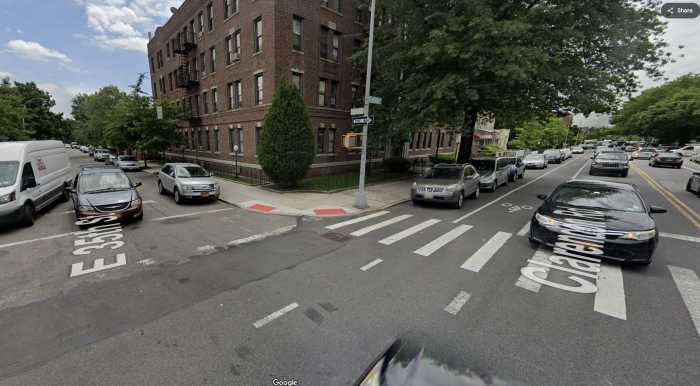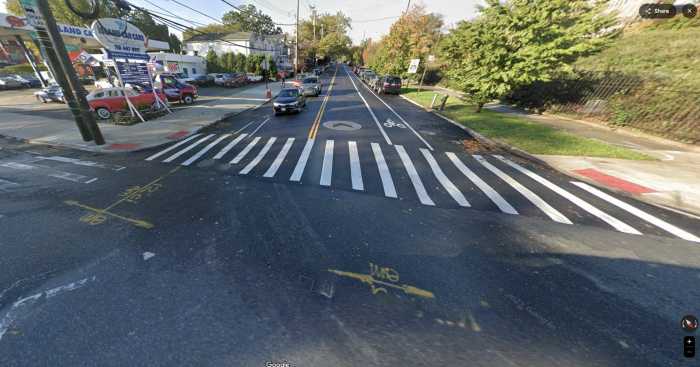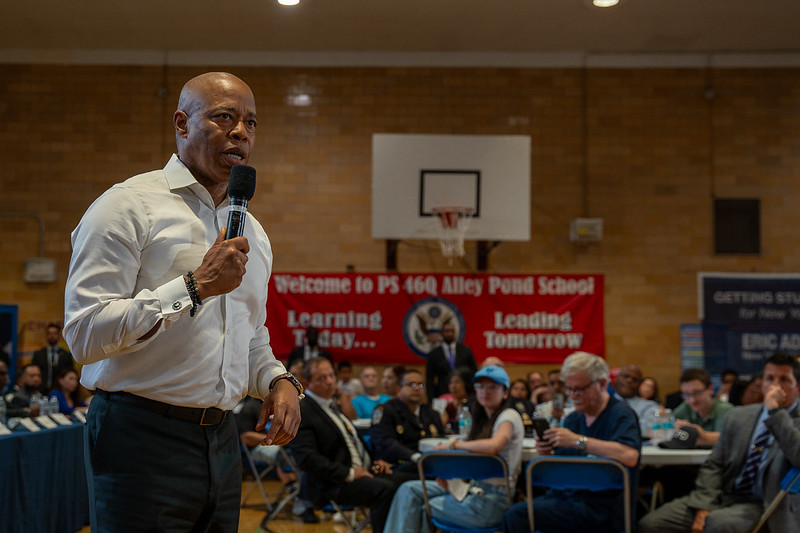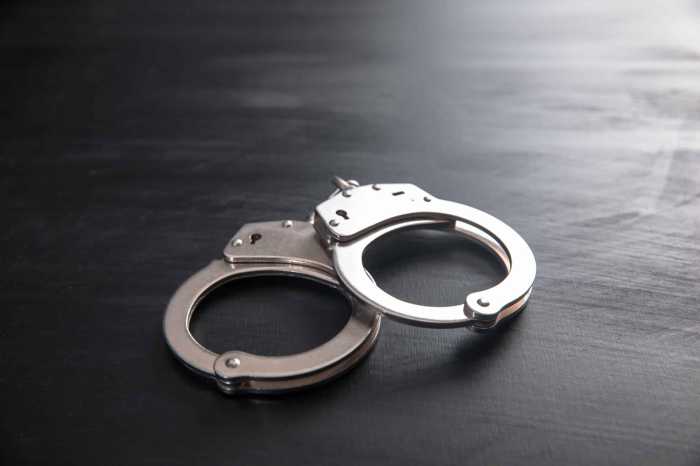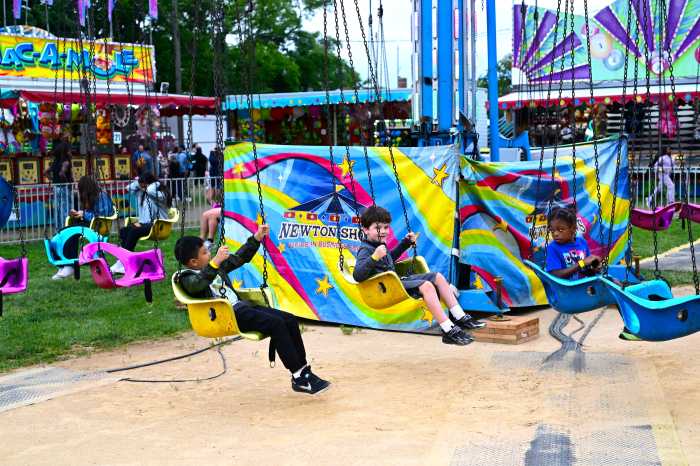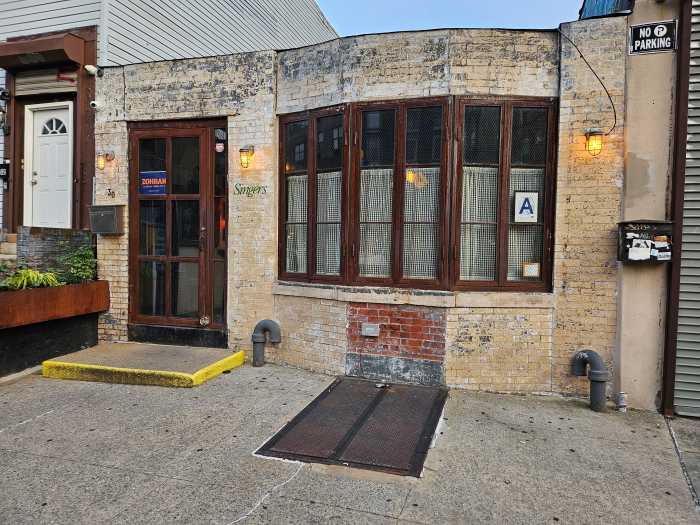
With a Second Avenue subway running underground, the city has begun carrying out its vision to enhance transit on the street.
The city Department of Transportation is putting finishing touches on a bus lane and parking-protected bike lane running between 68th and 105th streets. This was a plan was first envisioned as a “Complete Streets” project in 2010, but the mess of subway construction on Second Avenue kept the city from delivering.
Cyclists out on an unseasonably warm January day Thursday enjoyed the added buffer from traffic. Christopher Meyers, an Upper East Side acupuncturist and massage therapist, was biking down the protected lane installed on 96th Street with his groceries in milk crates fastened to his bike.
“Protected bike lanes really make a huge difference,” Meyers said. “It’s clearly much better than just painting a lane on the ground.”
City data reflect that. Total traffic injuries have dropped 20% on roads with protected bike lanes, according to DOT data collected at six streets with protected bike lanes over the course of three years.
A similar project is planned to bring protected lanes between 59th and 43rd streets, meaning only two stretches of Second Avenue will be without a protected bike lane: from 34th to 43rd streets and from 59th to 68th streets. Those sections include the entrances of the Ed Koch Queensboro Bridge and Queens Midtown Tunnel.
Looking at the heavy traffic volumes and high injury rates in those two areas, Transportation Alternatives has called on the city to close the remaining gaps and offered possible options to do so in a recently published report.
“It’s like Shel Silverstein’s ‘Where the Sidewalk Ends,’ ” said Paul Steely White, the executive director of the advocacy group. “Crossing those gaps is harrowing. … It’s unacceptable that the bike lane abruptly ends, funneling cyclists into traffic.”
The MTA paid for the re-striping work done in the Second Avenue subway corridor, after it had ripped it up for construction. A spokeswoman for the DOT said the agency “will work closely with the MTA to paint and provide any necessary updates to the Second Avenue bike lanes.”



